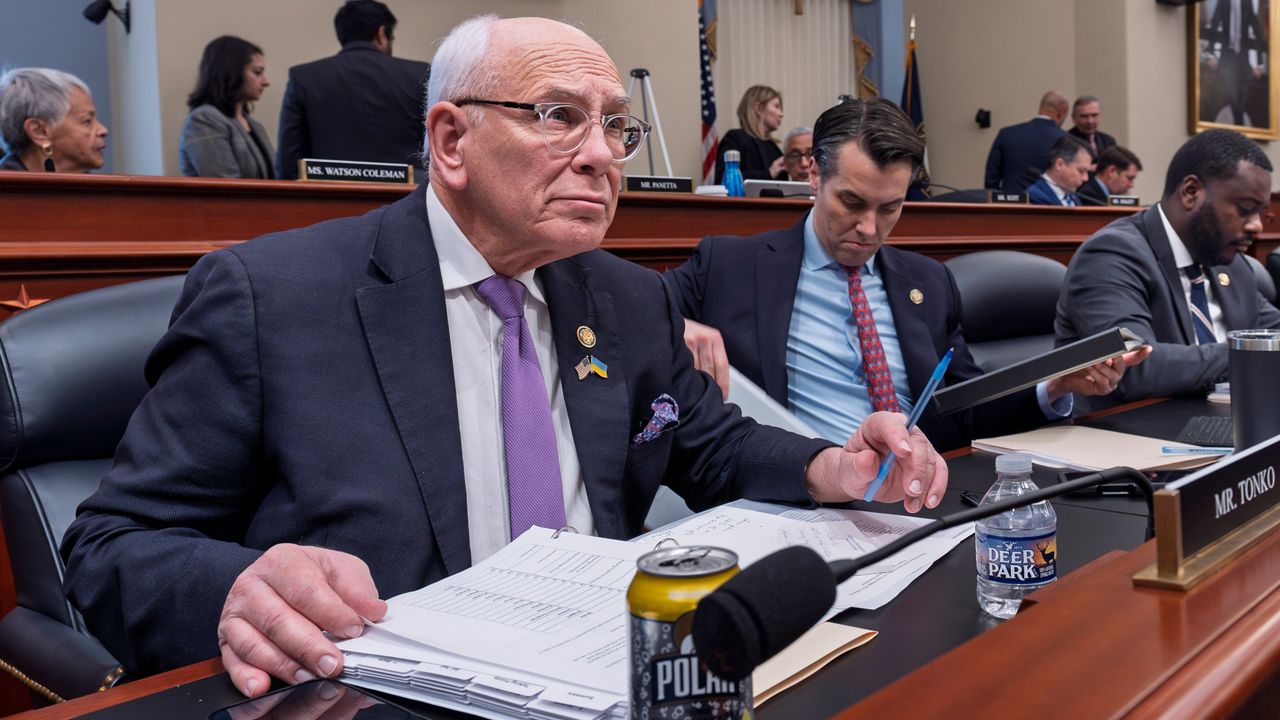Created during the administration of Gov. Eliot Spitzer, the Foundation Aid formula is being revised by the Rockefeller Institute, which held its final hearing Wednesday in Guilderland, a suburb of Albany.
The decision to update the formula came after Gov. Kathy Hochul pushed to eliminate a provision of the formula which ensures that the money a district receives isn’t less than the previous year’s total.
While the governor backed off her push to eliminate the so-called “Save Harmless” provision, she was successful at recalibrating other elements of the formula and convincing the Legislature to commission the Rockefeller Institute to revise it.
During Wednesday's hearing, both Melinda Person, president of New York State United Teachers (NYSUT), and Michael Mulgrew, president of the United Federation of Teachers (UFT), voiced concerns regarding the primary focus of the review.
Person stated, “The guiding question should be ‘how can we fund our schools so that we provide all of New York's students with the public education we promised them?’ Not ‘how can we manipulate this formula to save money?’"
Similarly, Mulgrew questioned the language used in the budget to describe what the new funding formula should accomplish.
“The very first achievement listed is that a new formula should be ‘fiscally sustainable for the state, local taxpayers, and school districts.’ This blatantly — and inappropriately — indicates that this study will focus on the state’s fiscal concerns, rather than the constitutional right to a quality education that our students are owed,” Mulgrew said.

Critics of how the state spends money on education argue that New York spends more per pupil on education than any other state in the nation and doesn’t get an appropriate return on its investment.
Another stakeholder that testified, the New York state Council for School Superintendents (NYSCOSS), recommended a series of six guiding principles that the Rockefeller Institute could use to review the formula.
“First, state aid formulas should treat similar districts similarly, so that inconsequential differences in characteristics do not result in steep variances in funding,” NYSCOSS’ Robert Lowry testified. “One way this could be addressed would be creating more regions in the Regional Cost Index, so that neighboring districts assigned to different regions do not have implausibly different RCI factors.”
Several stakeholders at the hearing also mentioned changing the data which informs the “Pupil Needs Index," including students in temporary housing and foster care and students with mental health needs.
The nonpartisan budget watchdog the Citizens Budget Commission (CBC) recommends the Rockefeller Institute create a much more targeted formula.
“Currently, arbitrary floors and ceilings, inadequate data inputs, and a failure to properly account for local fiscal capacity result in poor targeting of state aid,” Patrick Orecki, of the CBC, testified.
The Rockefeller Institute is scheduled to deliver its recommendations to the Legislature and the governor by the beginning of December.










